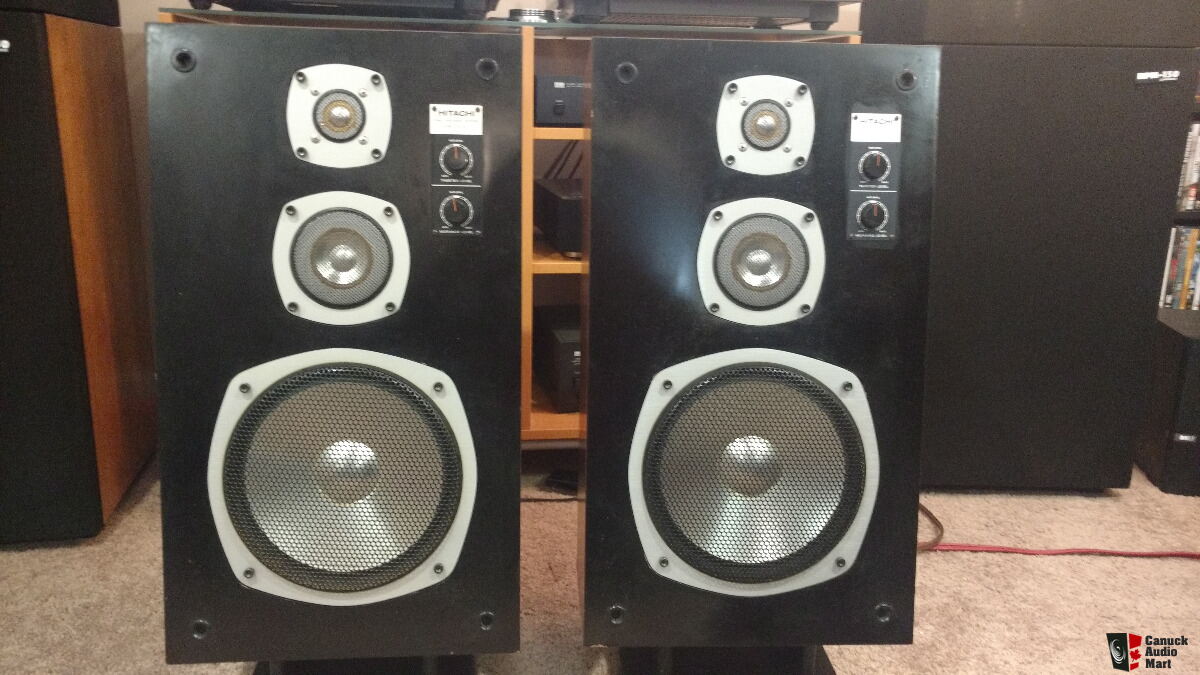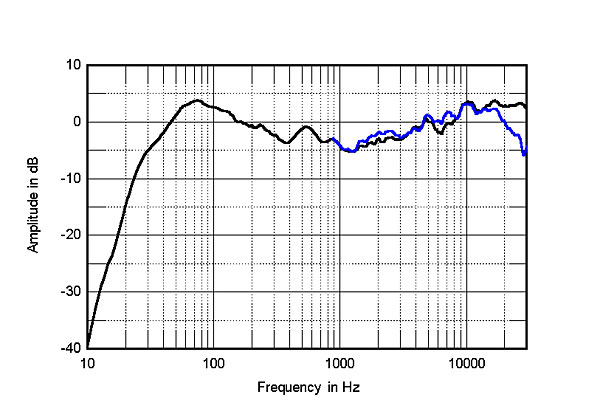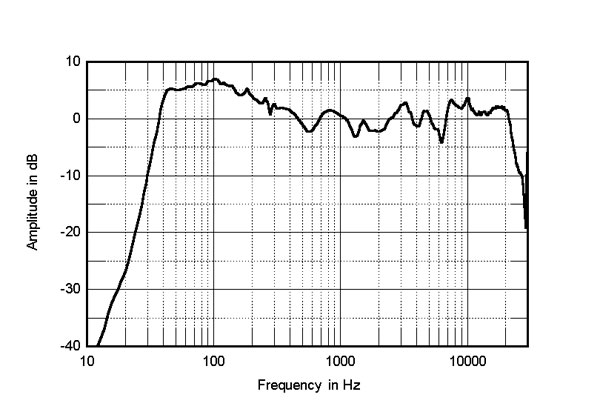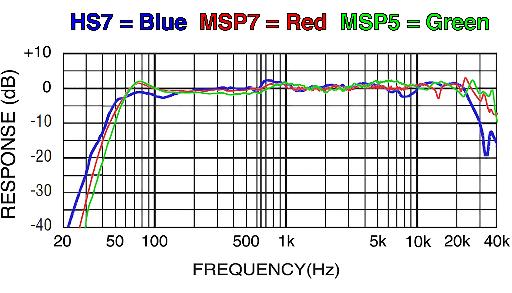Here goes...
Just because you like graphs doesn't mean they are a good idea, you just quantify music with waves and lines, it's emotional. Finding systems lacking? Buy another one.
Buying another one isn't always an option.
Of course your not improving bad recordings , you are trying to closely resemble what's on the record , think about that one.
Yep, let's examine that.
You get the music from whatever medium (CD, vinyl, digital storage), put it through an amplifier, and then pass it on to speakers which have lots of colouration, and passes the sound into a room, which will add its own set of issues.
The colouration takes you further away from what's on the record.
EQ can help to remove that colouration, and you get closer to the music.
People that measure things waste Mony on things that measure things , if they borrow a set of banana plugs made from weapons grade plutonium and it is measurable on their graphs , guess who buys it and posts the 'proof' (with graphs galore ).
I'd consider a measurement setup to be my single best investment in audio.
Measure the system once ? Does that cover a Les ralllizes denudes recording and the original dexy's don't stand me down record or the director's cut?
As I said, you're using EQ to linearise your HiFi, meaning the sound you're hearing is more true to what's on the record. That applies to every record.
If you want to use the tone controls to add more bass/treble to a system, that's up to the listener's preferences. I'm talking about using EQ to get a flat, even, in-room response.
Speakers are rubbish , makers don't know what their doing , EQ is something they just never considered?
Take a look at the latest active speakers. They sound considerably better than their passive counterparts because they use active crossovers and EQ correction which isn't possible in a passive crossover.
You are spectacularly missing the point. You have the recording. It may be bad , vocal back in the mix (rem-murmer) Motorhead's overkill (mics heavily biased towards the drums at the expense of everything else) The studio engineer heard this so did the producer and the artist , it is presented and packaged and released to us. They all listened to them through speakers in the studio and at home on their speakers and in the car radio.Answers on a postage stamp where the 'talent' blames the EQ as to why he wasn't happy with the release.
If the album is mixed that way, then that's how I'll listen to it. It left the studio that way for a reason, and I'm content to enjoy it that way.
To reiterate, because it does seem like you've missed my point(s) entirely: I'm not talking about using EQ to make the album sound how I think it should sound. I'm talking about using EQ to make the speakers flat in-room, so that I hear what's actually on the record.
My speakers and related system is just fine and dandy. If I had to start ******* around with measurements as a resort for better sound I wouldn't be the happy bunny I am now.
You are listening to the system , watching graphs and causing yourself grief instead of listening to the music. The effort is better spent listening to whether you like the remaster or the original version. The journey to hearing the music is there.
I'm glad you're happy with your system. If you're near Sheffield and are interested in a different approach to HiFi system design, feel free to get in touch.
Chris
PS - your KEF LS50 Wireless speakers have some amount of EQ built-in. You have options for telling them if they're on stands, near walls etc. Those switches adjust the frequency response accordingly.







